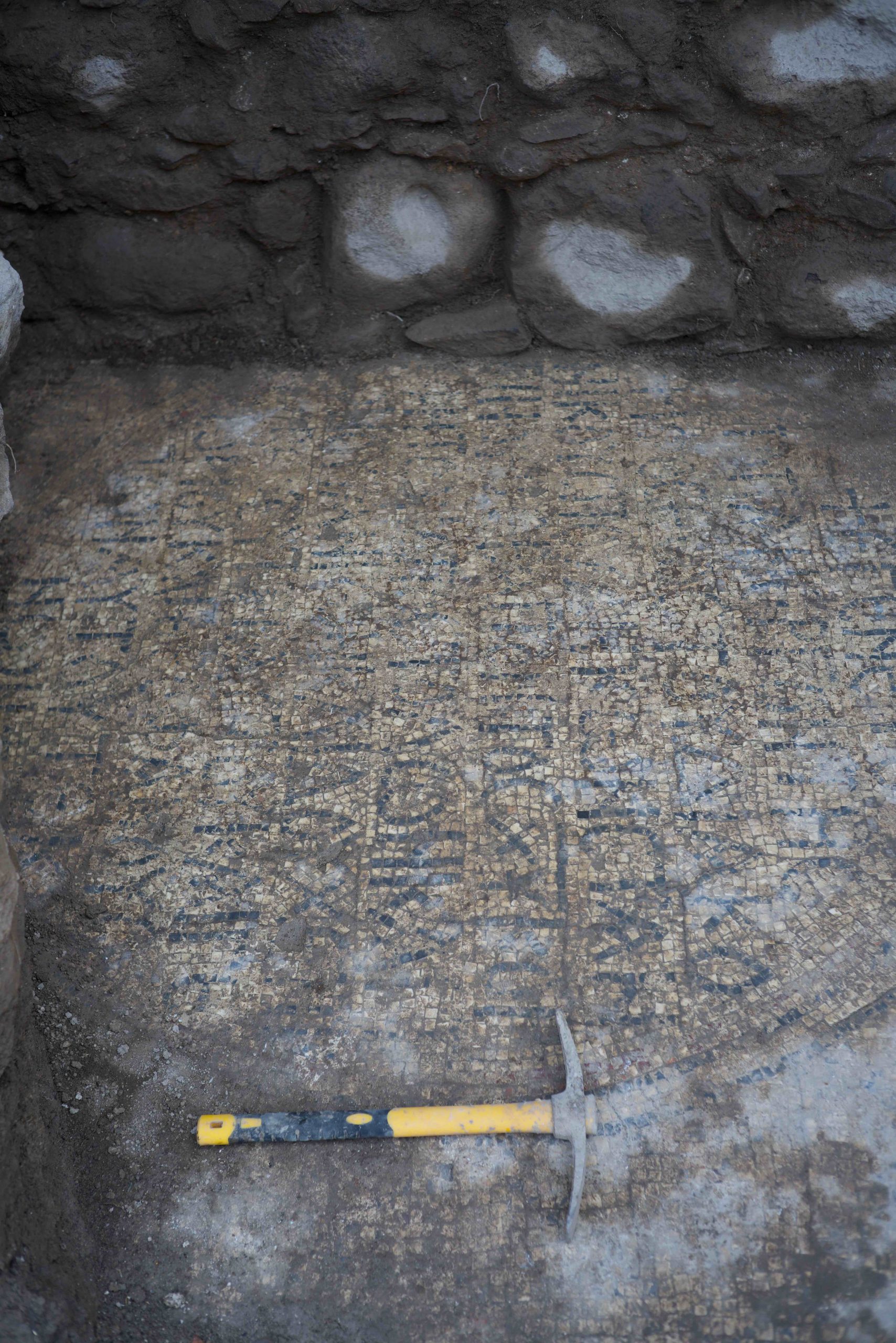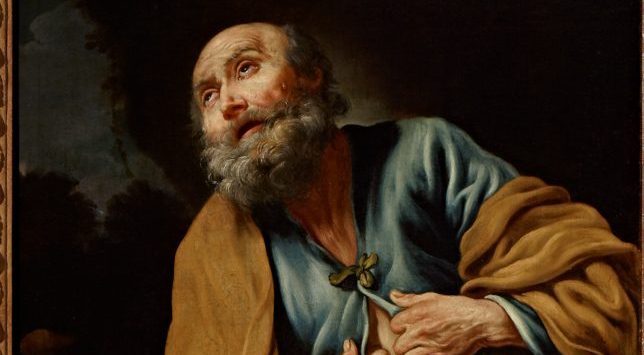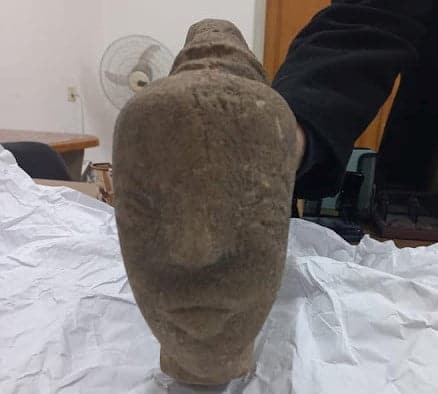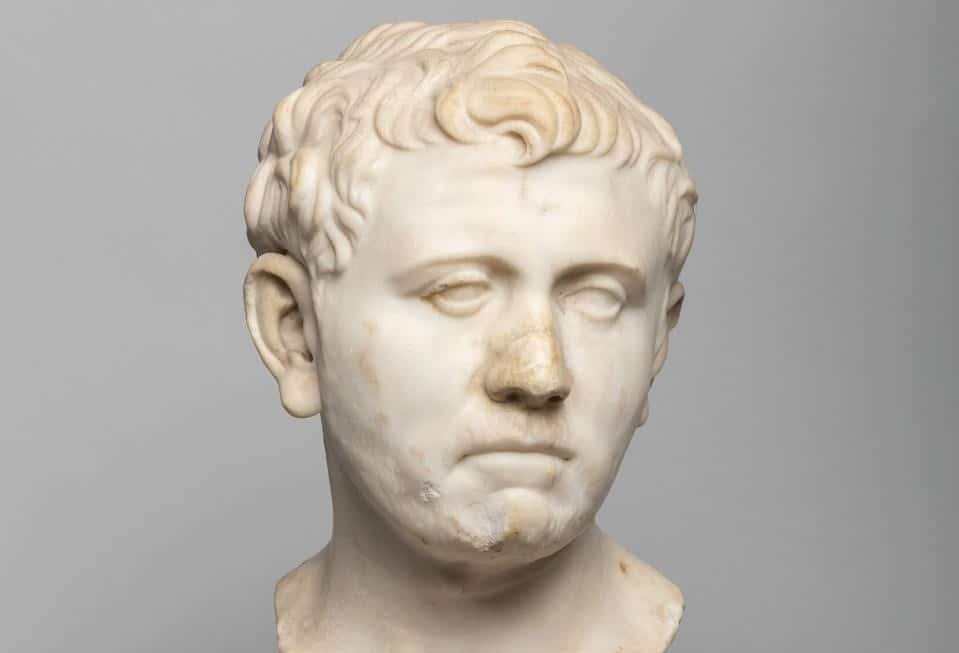The archaeologists say an inscription was discovered that proves they are digging at the site of the ancient village of Bethsaida where Saint Peter was from, one of the 12 apostles and first pope of the Roman Catholic Church.
The village was also the birthplace of his brother Saint Andrew and another apostle, Saint Philip.
A large inscription written in Greek refers to the “chief and commander of the heavenly apostles” which is a phrase often used for Saint Peter.
It was found by volunteers and archaeologists from Kinneret College in Israel and Nyack College, New York, led by Professor Mordechai Aviam and Professor Steven Notley.
They were excavating what is being called the “Church of the Apostles” basilica at the El-Araj dig site on the north shore of the Sea of Galilee.
“This discovery is our strongest indicator that Peter had a special association with the basilica, and it was likely dedicated to him,” said Steven Notley, academic director of the dig.
“Since Byzantine Christian tradition routinely identified Peter’s home in Bethsaida, and not in Capernaum as is often thought today, it seems likely that the basilica commemorates his house.”

However, due to flooding and the passage of time impacting local memory, the church may not have been built at the precise location of their home.
But the inscription is more evidence that suggests the El-Araj site was once Bethsaida.
The village is also believed by Christians to be the location for some of Jesus’ famous miracles, including restoring a blind man’s sight and feeding thousands of people with two fish and five loaves of bread.
“One of the goals of this dig was to check whether we have at the site a layer from the 1st century, which will allow us to suggest a better candidate for the identification of Biblical Bethsaida,” said Mordechai Aviam, archaeological director of the excavation.
“Not only did we find significant remains from this period, but we also found this important church and the monastery around it.”
Excavations will start again in October when the cleaning of the entire church should be completed to discover more about its different phases and potentially reveal more inscriptions.






